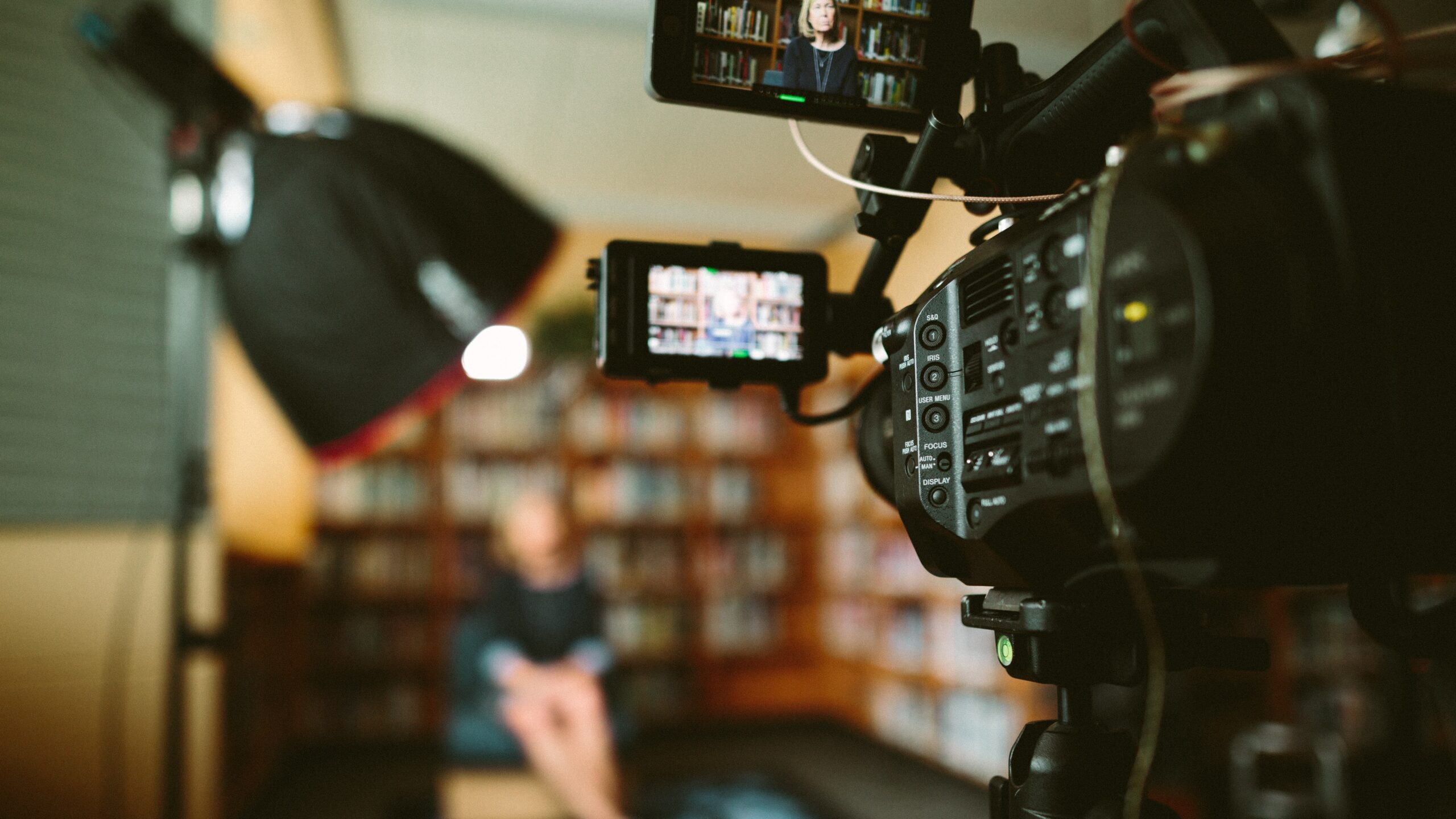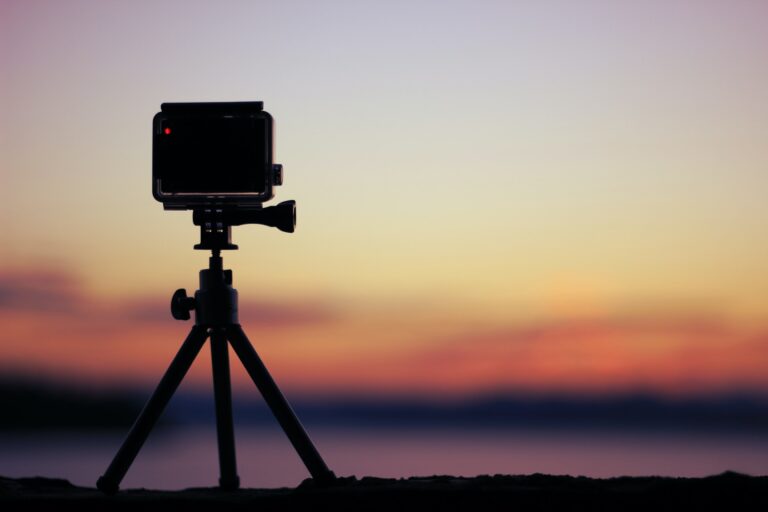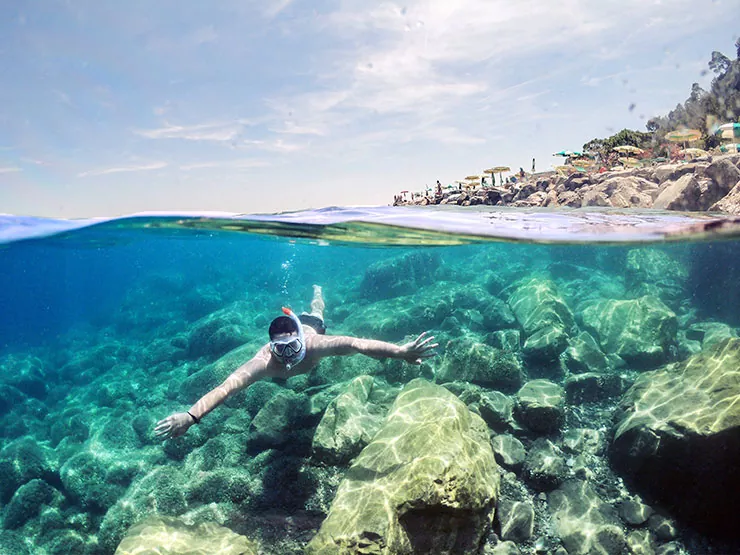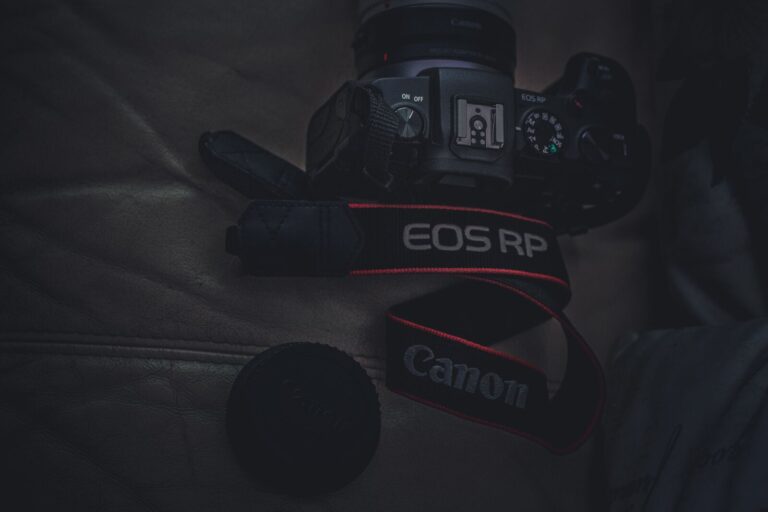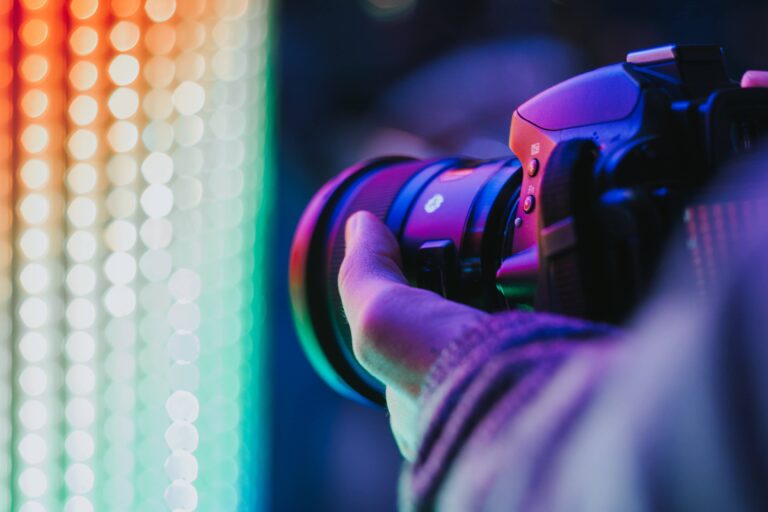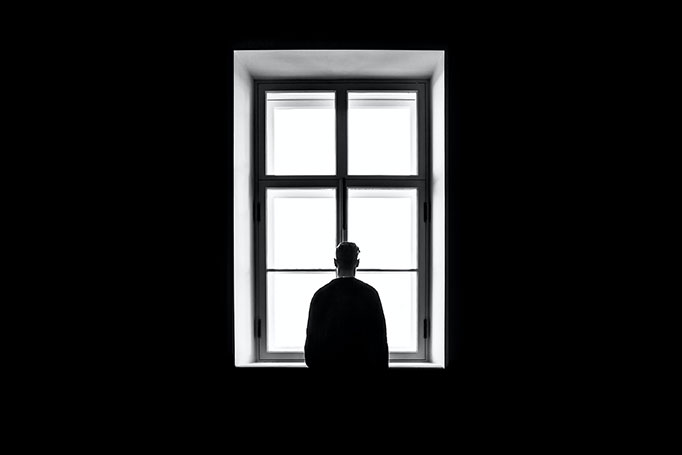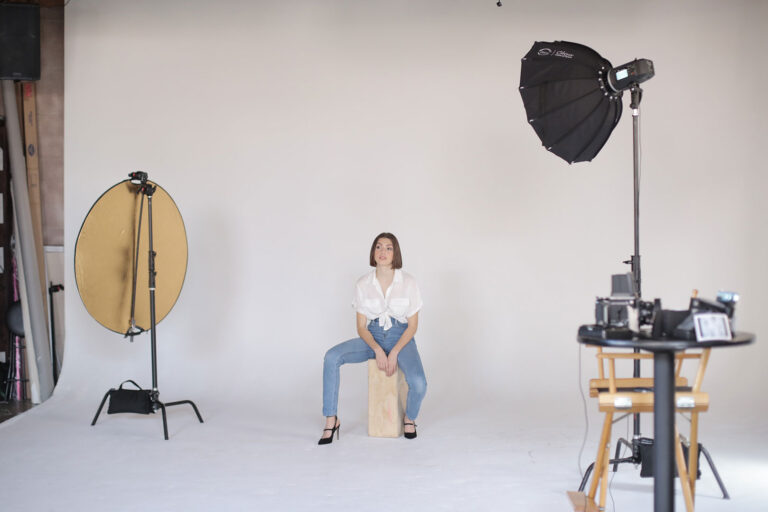How to Be an Expert at Shooting Interviews
As someone who has shot a number of interviews, I can tell you that the whole process can be overwhelming if you are not fully aware of what you are doing. The point that you have to take care of is that if you are shooting an interview as a beginner, then there is not much to look after. It is a “beginner’s” interview, for a reason and mistakes can happen.
With that out of the way, if you are interested in learning how to shoot interviews, we are here to help you. We even covered a whole roundup of the best cameras for interviews so the readers do not have to wonder what they should spend their money on and what they should not.
For this article, we are keeping everything informational as the goal here is to help everyone know what needs to be done whenever they are shooting the interview and being properly prepared for the entire situation.
How to Film an Interview
Before we get started, we have to understand that the whole process of shooting an interview is a layered process and things do tend to get out of hand if you are not following things properly. I am not saying that there is a hard and fast rule as to how you should be shooting an interview but following a method is only going to help you further and make the experience easier, too.
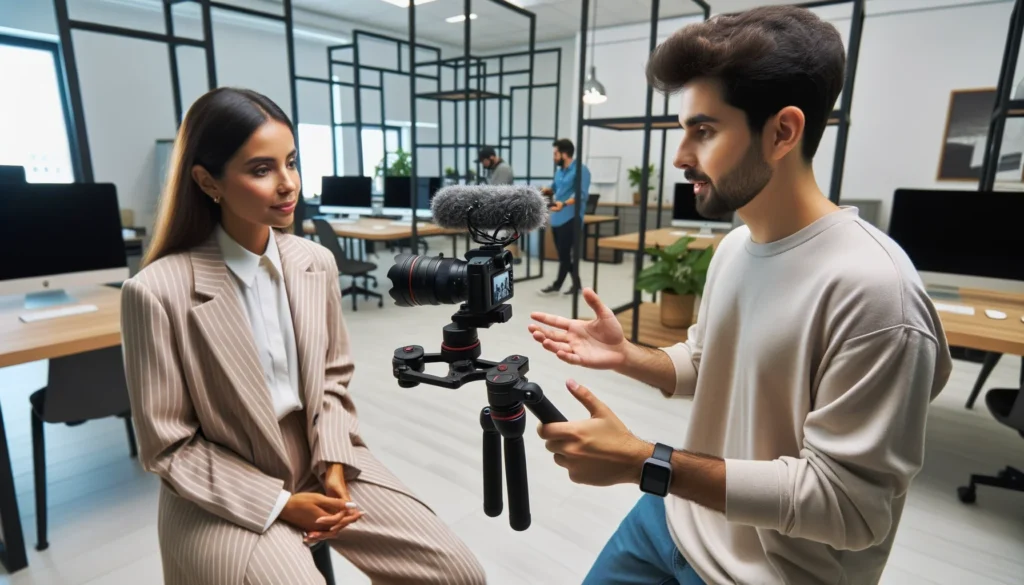
With that said, if you are just getting started, you need to first understand that there are a few types of interviews that have become common over the past couple of years, therefore, you must know the type that you want to go with as that would make your job infinitely easier. Let’s have a look at a few common types.
1) Talking Head
Talking head format of interviewing is perhaps the most common format in which interviews are shot and I do not think I need to tell you what this format is all about or how it works, given how it is already evident by the name.
With that said, if you are still not able to recall, think about the time you may have seen someone being interviewed on the news or a channel. The speakers are shot from the chest up and they are either sitting left or right and talking to an off-camera interviewer.
Sure, it might sound a bit strange at first but the talking head format is often one of the most honest types of interviews, and well, it is used a lot in interviews, as well. Not just that, the talking head interview form is also one of the easiest to set up due to the fact that you don’t need a lot of specialized equipment to pull this off. So, if this is a concern, this interview type is the one to go for.
2) Walk and Talk
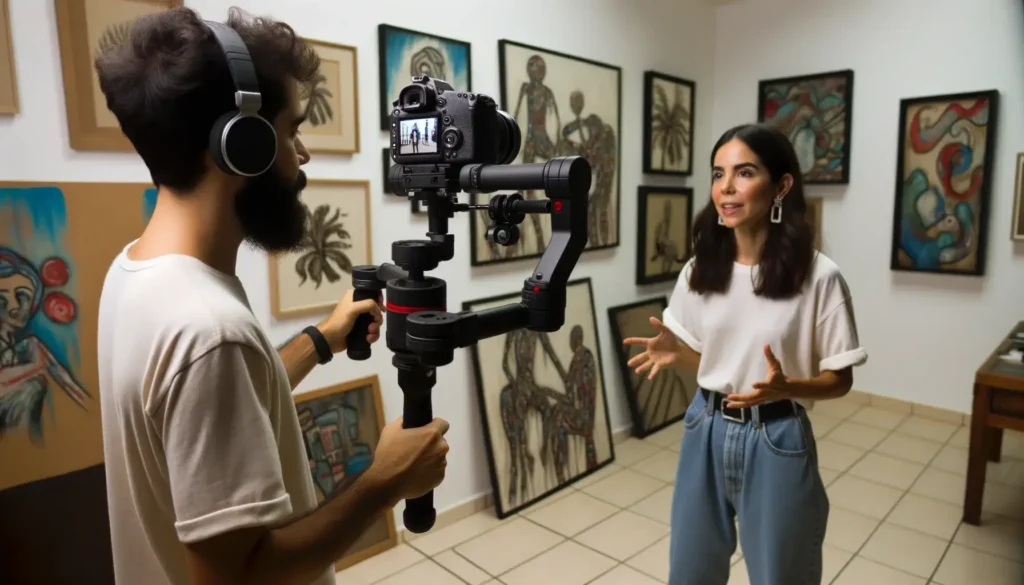
Another interview type that has become popular with modernity is the walk and talk type of interview. Again, I do not think that I need to explain what these interviews are all about but still, there are a lot of people who need explanations, and well, that’s what we are here for.
Walk and talk interviews involve walking around and interviewing, these might not sound as common but trust me when you are talking about informal interviews, these interviews have been gaining the traction that they should have managed to a long, long time ago.
You do have to be careful whenever you are shooting this interview because if you are in a busy street, then you might have to compensate for the background noise, and the best trick is to use a dedicated microphone; be it an on-camera microphone or a lav-mic.
Walk and talk interviews might be a bit hard to wrap your head around at the start but once you get good at it, things will become a lot easier and you won’t have as many complications, either.
3) The Follow
Another common type of interview follows, and well, this is a lot similar to walk and talk in terms of the execution but with slight differences. If you are wondering about where you may have seen something similar, then I am sure you can recall the 70-question segment that Vogue does. It is just that, and well, you will be more than aware if you are looking into it.

Again, the following types of interviews are more or less informal and they are normally take place when the person being interviewed has to show different aspects of their life or their workplace, while they are talking to the camera.
Again, it is not at all difficult to execute, but you might end up needing a good microphone, as well as a stabilized lens or a camera on a gimbal/monopod to avoid any camera shake while shooting. Once you are all set up, we would also suggest that you walk through the entire place beforehand and get a measure of it. This is done to ensure that nothing else comes in the way.
Choosing Location
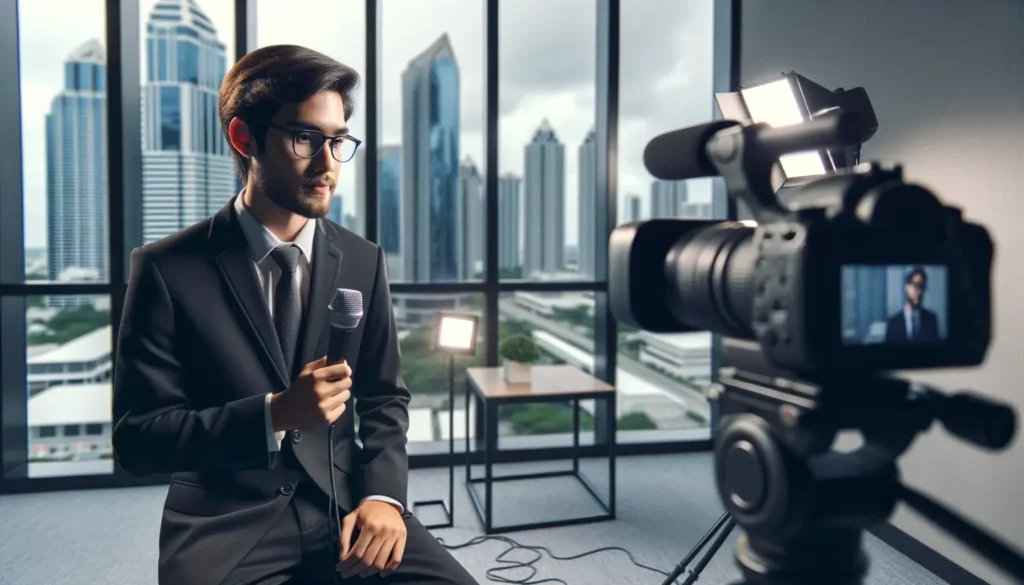
Now that we are done looking at some of the most common interview types, the next thing that you should be aware of is finding the right place to go to for shooting the interview. I do understand that shooting interviews is not at all easy but hey, it definitely is something and should help you a lot, as well.
The point here is that you are not looking into something that is random because that is only going to create issues and we, well we do not want those issues to come in the way at all. Once you have decided on the location, you can start scouting it first. The reason why I have mentioned scouting is because it helps determine that you are doing the right thing rather than choosing a location based on assumption since that is not what we want anyone to go through.
Composing the Frames
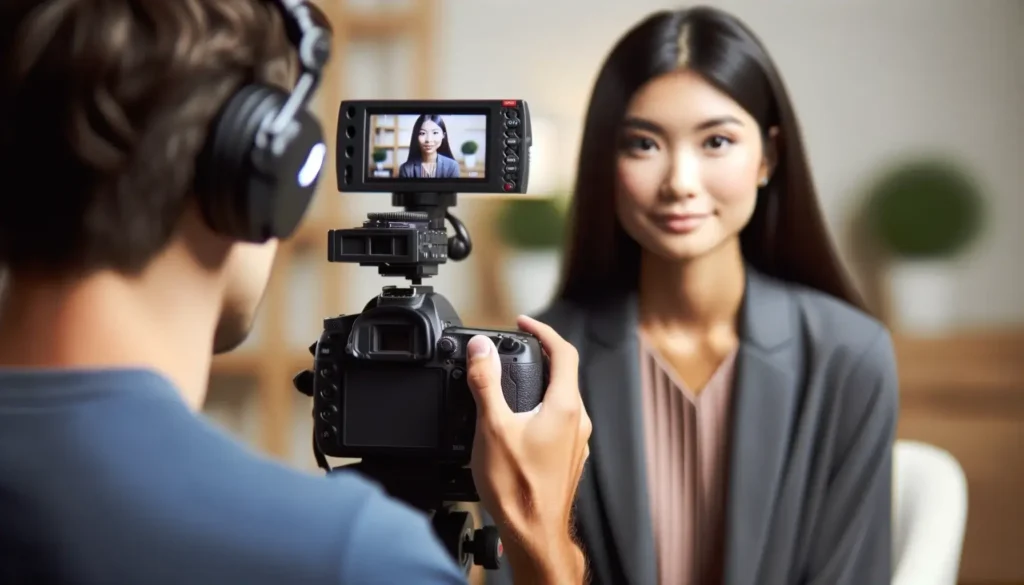
Whenever you are in the process of shooting an interview, remember that the composition is very, very important. You cannot really be in a situation where you have to compose things and do them the wrong way because you are not going to be good at that. If you want to be sure that your shot is composed the right way, just go for it and you will be in safe hands.
Thankfully, a lot of things can be taken care of in a moment. For instance, if you are doing the talking head interview, you have to be certain that the camera is focused on the person being interviewed, and they are properly in the frame without any distractions or foreign objects in the frame because that will just throw everything off and will make the framing and the composition look unprofessional and we do not want to deal with that.
Lighting Setup
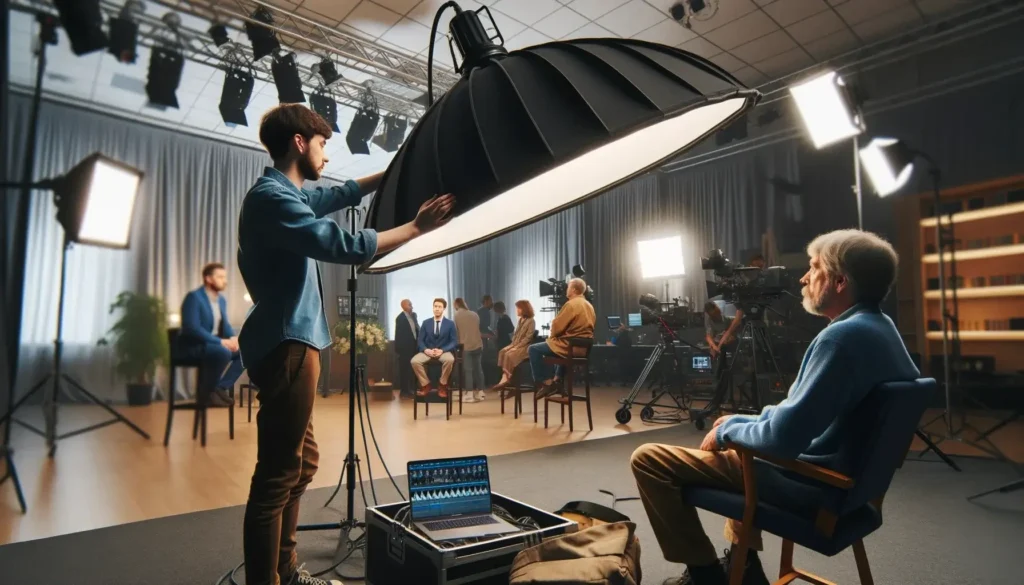
Bad lighting can more or less ruin everything for you whenever you are shooting an interview, or even taking pictures. A good lighting setup is always mandatory and without that, you cannot really go that far. Sure, if you are just starting out and the interview is not something that will be broadcast everywhere, you can easily get away with it.
However, if the interview is on a professional level, then you cannot make do without a lighting setup. For lighting, you have to be sure that both the foreground and background are lit; additionally, you have to be sure that there is enough key lighting available to not leave any spot without any proper light.
You do not want the interview to look like it was shot in a dingy place because that takes away from the entire professionalism and we are trying to get away from that mistake.
Choosing the Camera
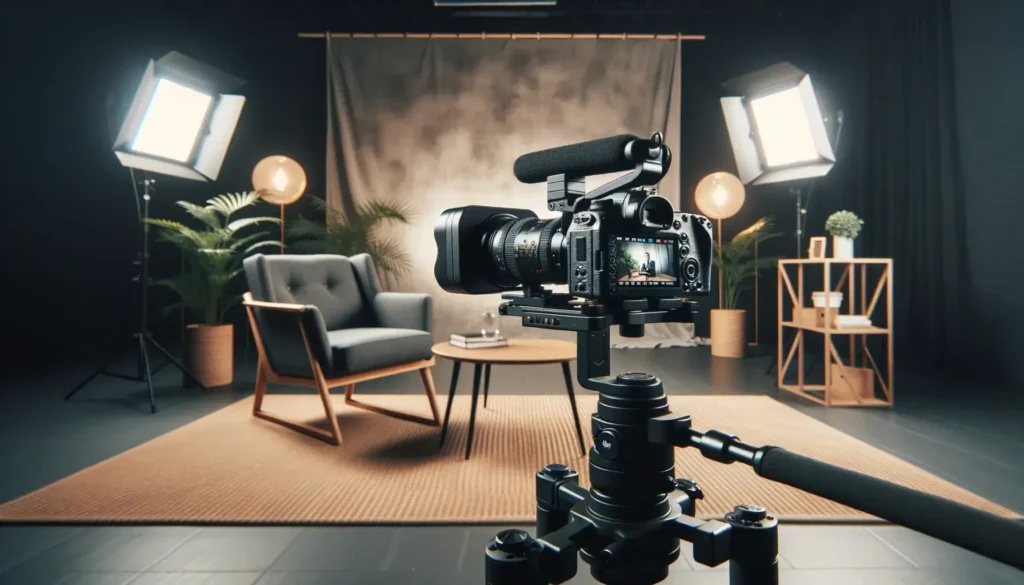
Although you do not need a specialized camera to film an interview just like you do not need to splurge on a camera when it comes to photography. What you must understand is that if you are going for the look and feel, a good camera is important. I have already covered the best camera for shooting interviews that should give you a good understanding of what needs to be done.
Remember, whatever camera you choose, you should be putting it on a tripod or a gimbal to avoid any shaky footage because you are not looking to create a shaky mess in your interview as we are all against that and that is not what we want.
Ideally, I would suggest that you choose a camera that is capable of shooting video in an excellent camera and puts the photography aspect in the second spot. The Sony A7S series of cameras are excellent for shooting videos, and so are film cameras that are available. You now have to decide just how much you can spend on a good camera for interviews.
Choosing the Lens

I am a strong proponent of the fact that lenses are more important than cameras simply because with good lenses, you are able to perfectly capture everything there is and without any degradation in the quality, either. The good news is that if you genuinely want to get amazing pictures or videos, for that matter, the right lens is required.
For shooting interviews or videos, in general. I normally recommend you go for a good prime lens. However, if your interview does involve a lot of shots that require you to zoom in or zoom out, then you might need to go for something different.
In any case, finding the right lens is not at all difficult as we have covered lenses extensively, and you can just pick the one that you think is right for your requirements.
Other Equipment
The camera and the lens are going to be the primary pieces of equipment that you will have to buy first. Once that is settled, you are going to move your attention to other pieces of equipment that are not necessary but are going to make your interviewing experience better and add more finesse to your interviews overall. Let’s have a look at them, shall we?
1) Tripod or a Gimbal
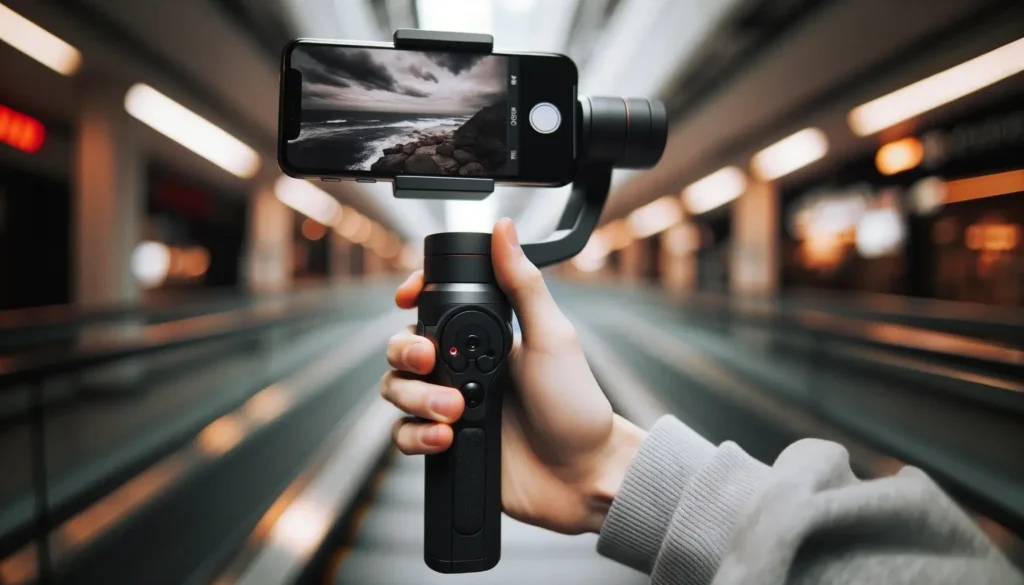
The first thing that you should be aware of is that you are going to need a tripod or a gimbal to get started. This will only ensure that your footage is as stable as it can be and there is no shakiness in the interview. Remember, shakiness is only going to make your interviews look unprofessional and not properly thought out and we all want to avoid that at all costs.
2) Lighting and Reflectors
Another thing that you cannot do an interview without is proper lighting and reflectors, for that matter. Sure, you might be able to take some good angles and shots, but the experience is not going to be as good and you will be left wanting more.

If you are doing the interview indoors, having the appropriate key lighting, background, and foreground lighting are some of the most important factors that you need to keep in mind because without good lighting, your shots will be underexposed and they will not look good at all.
3) Microphone
You can never really conduct an interview in a proper fashion without having access to a good microphone. Why? Well, when you are talking about interviewing someone, you need to be certain that their voice and your voice are being recorded the way it is supposed to be recorded and without that, you cannot really do the job the right way.

You can go for an on-camera microphone, a Lavalier microphone, or a shotgun microphone. The choice here is yours and it all depends on the budget and type of setup you are going for. Once this is sorted, you are ready to shoot the interview you have been waiting for.
Preparing for the Interviewing Process
Assuming that you have now access to all the equipment that you need and everything else is in order; the next step is to start preparing for the interview because without this, you might not be able to get things in order at all and we do not want that at all. The point here is that you need to be ready to get the interview going or things might not work your way.

Preparing for the interviewing process is not that difficult but still, if you are the person behind the camera and you are also looking after the interview itself, then it can be complicated and I am here to help you with that.
1) Finding the Right Time and Place
Honestly, without having any understanding of the right time and place, you might not be able to do much with the interview you are trying to shoot. Therefore, make sure that the time and place are not just ideal for you but also for the person who is being interviewed.
Make the place comfortable, set it up properly, and make sure it is well-lit and well-ventilated before you proceed any further.
2) Getting the Questions Ready
This is only applicable if you are the one who is also conducting the interview, and normally, we see this happen all the time as there is nothing really wrong about it or out of the way about it. With that said, I would highly suggest that you get your questions ready so you can be prepared.
Be sure that all the questions are in order, this is important especially if the interview you are conducting is structured because going off-structure is only going to make matters worse and we don’t want that at all.
3) Composing the Frame
Composition and framing are some of the most important things that you will have to focus on because, without this, you are not really going to be able to get the shot that you want. Therefore, it would be better if you were prepared.
It takes a few minutes to compose everything and once you are done with that, you can be prepared to move to the next step. I know it might sound like a tedious thing to handle but in reality, that is not the case at all.
General Interviewing Tips
Whenever you are shooting the interview, you have to know everything that you are going to go through as it is one of the more important things, and without knowledge of this, you cannot really get far into interviewing without running into more issues and we do not want to face any of that, to be honest.
Thankfully, you can always get sorted, when you are being wise about these things. The key here is to know what to look for and what not to look for whenever you are interviewing.
1) Brief the Interviewee
The first tip that I would give to you is that you should brief the interviewee before the interview starts. If you have the questions written down, you should show them the list of questions so they have a better understanding and they can answer your questions better.
2) Don’t Start Shooting Right Away
Most of the time, people are a lot more uncomfortable during an interview than they might show. I know it is not something that might be apparent right away, but hey, that is not the purpose here. Some people are going to take some time before they are finally able to get in the mood to interview and well, without that, you might not be able to get it started.
So, give them a few minutes and then start shooting.
3) Double Check the Camera Settings
You also have to be sure that you are double-checking the camera settings and that everything that you are about to do is in order before shooting. Because trying to take care of these things when you are in the process is only going to make matters worse.
4) Make Your Subject Look at the Camera
You will also need to be sure that your subject is looking at the camera because, without that, you might not be able to get the type of image you are trying to get. It is not at all something that you can miss out on because doing so is only going to result in a negative overall experience and we want to avoid that in all conditions. So, always keep this in mind.
You taking care of these things will only help you further and there are not going to be any issues.
How to Film Interview Using an iPhone or Android?

There is nothing wrong if you do not have an actual camera to shoot an interview and you still want to shoot an interview because it is needed. Most modern-day smartphones are good enough that they can actually use the camera on them and shoot interviews without any issues.
However, a lot of people are still confused about shooting the interviews on iPhones or Android devices, for that matter. That is why we are going to guide you on how you can actually go ahead and film an interview using your iPhone.
The tips of the trades are almost the same, so you do not have to worry much.
1) Setup the Scene
Considering how you are shooting the interview on your phone, you will need a bit more light. So, be sure that you are setting up the scene, and please remember that overexposing or underexposing the scene is only going to matters worse and we are not really going to do that.
Just make the scene well-lit to the point that everything looks good and looks even.
2) Setting Up a Tripod
The next part is setting a tripod; you are going to need a tripod if you are shooting on your phone or your camera, for that matter. But be sure that your phone is fixed in a spot. Yes, modern smartphones do have optical image stabilization but it will be of no use if you still end up moving the framing or shaking the camera up.
3) Framing
Another really important thing that you have to keep in mind is the framing process, which is going to be a lot more important than you might think. Framing is not something that you can mess with even if you are shooting using a professional camera.
4) Using the Right Microphones.
You are going to need a good microphone to get started, as well. For the simplest reason, you cannot just get a microphone and start recording the interview. With phones, I always require Lavalier microphones because they are a lot easier to adjust and they clip on without any issues.
Questions to Ask During the Interview
This is more or less something that is going to entirely depend on the person who is interviewing and has nothing to do with the process of videography. However, as someone who has interviewed people before and knows what can go wrong and what can’t, be sure that your questions are only about the subject that is being discussed and nothing else.
If you are interviewing a musician, it should only be about music or art in general and nothing outside the confines of that.
Question Sequencing
One more thing that you have to understand is the sequencing of questions as this varies a lot and in structured interviews, you have to follow a set pattern but without this understanding, you have to start looking elsewhere, too. Normally, I would suggest that you take time in the process before you are done deciding as that could help you a lot, and that too, without any confusion.
If you are handling an unstructured interview, then the sequencing does not need to be there and even if it is there, there is nothing wrong with
What to Do with Natural Room Sound?
Natural room sound or ambient sound is something that is a common occurrence when you are talking about recording interviews or anything else, for that matter. Now, the good thing is that you can always use a microphone that will take care of it. There are a lot of microphones available in the market that will help you get those affairs in order and well, there is nothing really wrong with it, either.
With that out of the way, you can always install sound isolators, and more importantly, you can digitally remove all the sound that is possible to remove in the post-production process. However, the one thing that I would always suggest is that you should never start without a proper microphone setup.
Conclusion
Conducting an interview can be a daunting task for a lot of people, especially when you are also behind the camera because, in such situations, you are never really sure what needs to be done and what needs to be avoided, and being careful is paramount here.
Therefore, the wiser thing would always be to be certain that you are doing things the right way. The whole article is for those who are not sure about how to carry their first interview through and make it a success, and well, that is exactly the plan we have. Which ensures that you will not have to worry about anything that might go wrong.

